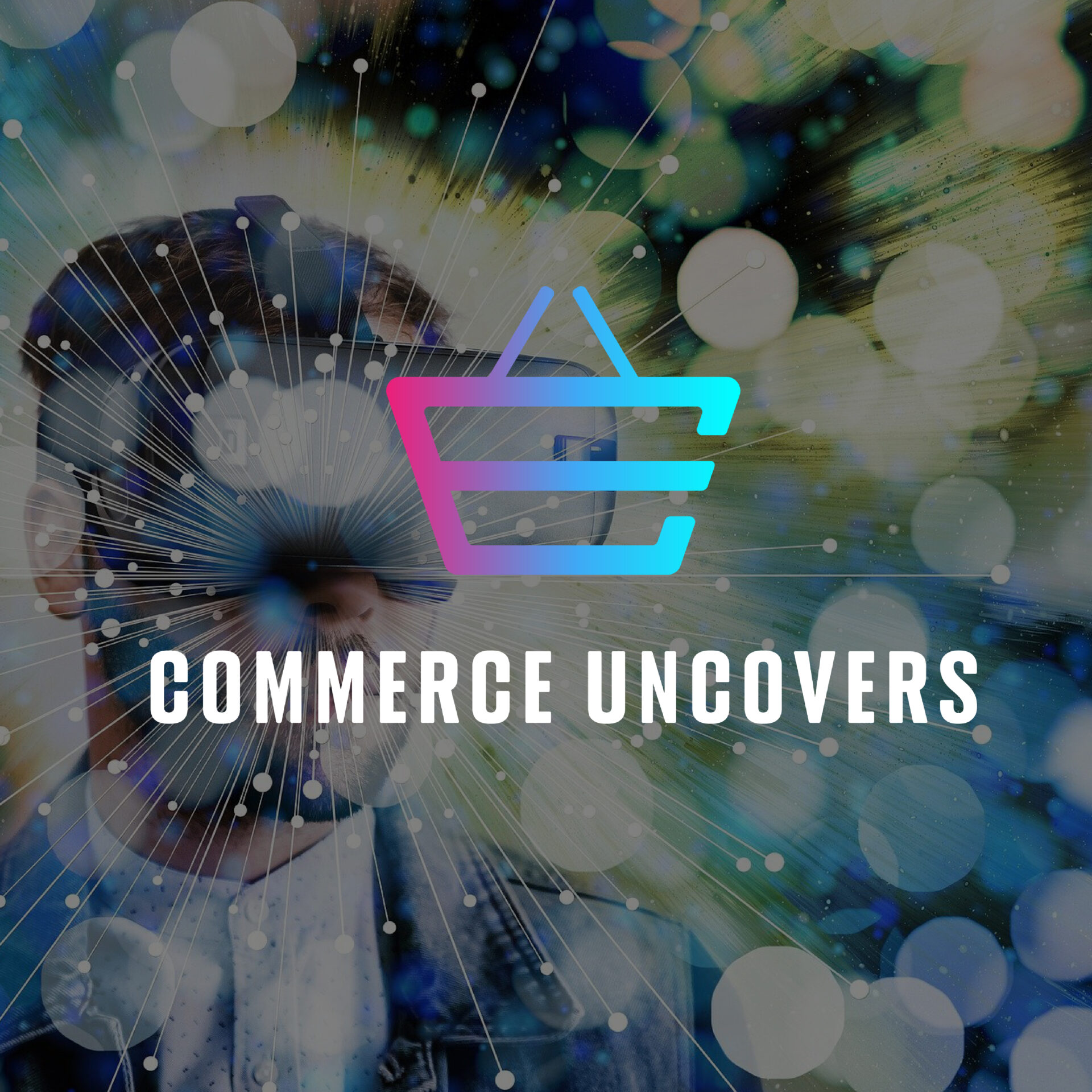
Cases for immersive retail experiences have been on the rise. Leading beauty and fashion brands have been experimenting with AR and VR experiences for a while, but over the last year the pandemic has supercharged all things virtual.
As online shopping has become increasingly about discovery and inspiration, creating immersive digital experiences alongside physical ones, is fast becoming an essential piece of any commerce strategy.
Snap used their partner summit last week to launch some new AR commerce features including their virtual try on technology with Farfetch and Prada.
BMW launched their virtual viewer last month, allowing you to experience and configure their cars through augmented reality.
Amazon recently opened Amazon Salon, the retailer’s first hair salon and a place where Amazon aims to test new technologies with the general public, trailing the use of augmented reality and “point-and-learn” technology.
To then order the products, the customers will scan the QR code on the shelf, which takes them to the Amazon.co.uk shopping page for the item where they can add it to their cart and check out. The salon’s AR technology, meanwhile, will be used to allow customers to experiment by virtually trying on different hair colours before making a commitment to a new shade.
AR, despite its gimmicky past is now an essential piece of technology to give people more exciting and immersive shopping experiences.
In fact, just over half (51%) said they were willing to use this technology to assess products and Shopify research showed that interactions with products having AR content had a 94% higher conversion rate than products without AR.
Immersive experiences provide accessibility and tangibility. When a few clicks let you see a designer handbag in 3D or a 360° view of a mountain top getaway, and augmented reality lets you see if a lipstick colour works with your skin tone, you’re that much closer to experiencing the product.
Amazon Salon https://blog.aboutamazon.co.uk/shopping-and-entertainment/introducing-amazon-salon
Retailer Kohl’s collaborated with Snapchat to create Kohl’s AR Virtual Closet.
BMW, launched their virtual viewer last month as their dealerships remain shut www.bmwvirtualviewer.co.uk
Charlotte Tilbury Beauty launched an interactive VR shop www.glossy.co/beauty/charlotte-tilbury-leans-into-vr-for-holiday-shopping
Sources
Harvard Business Review – https://hbr.org/2020/10/how-ar-is-redefining-retail-in-the-pandemic
Warc – https://www.warc.com/newsandopinion/opinion/how-augmented-reality-is-set-to-transform-retail/3967


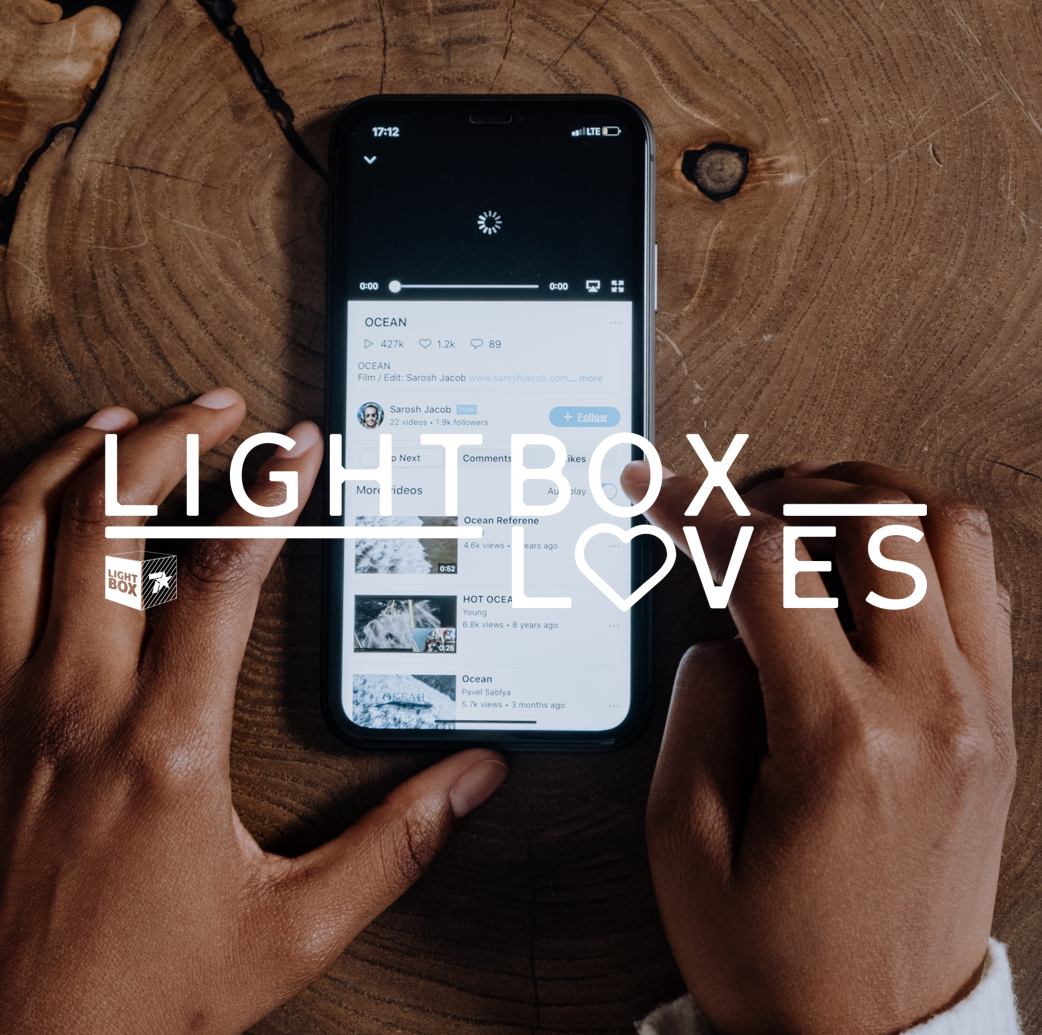
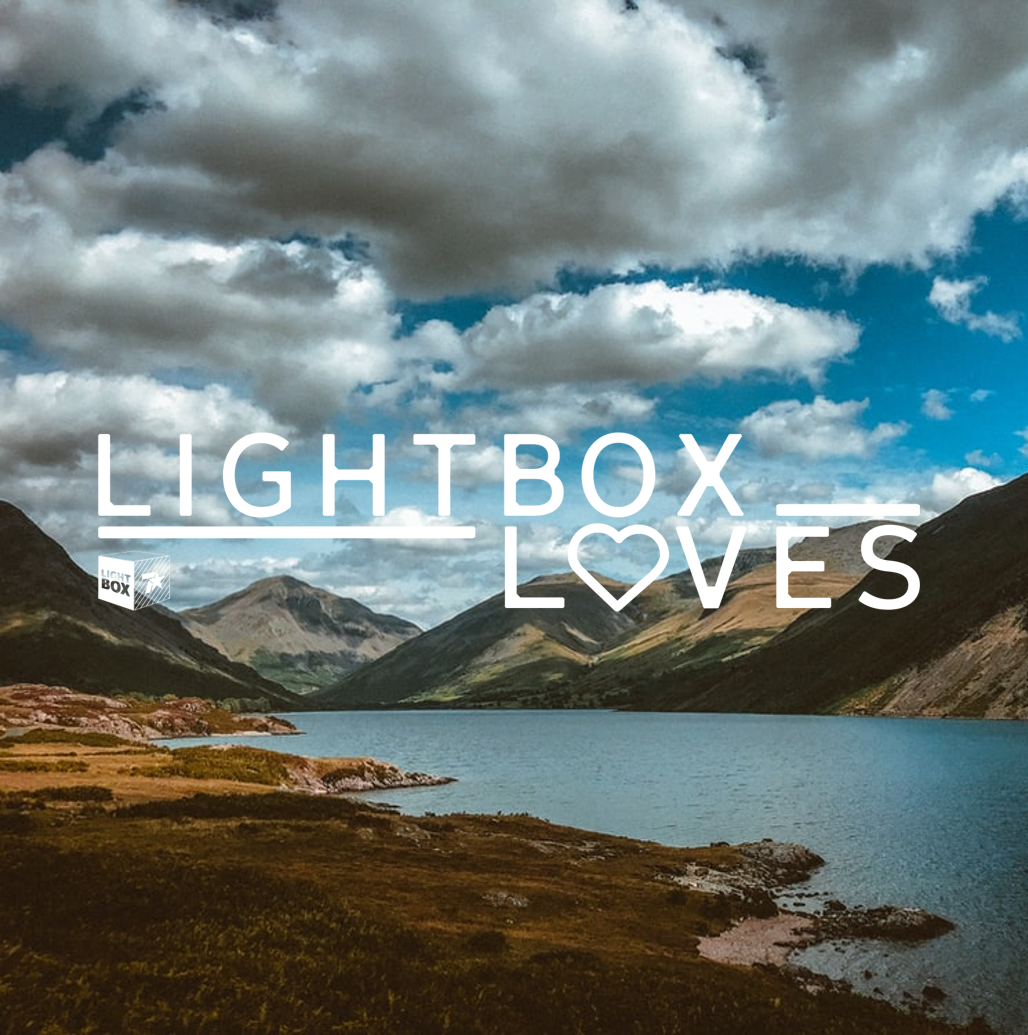

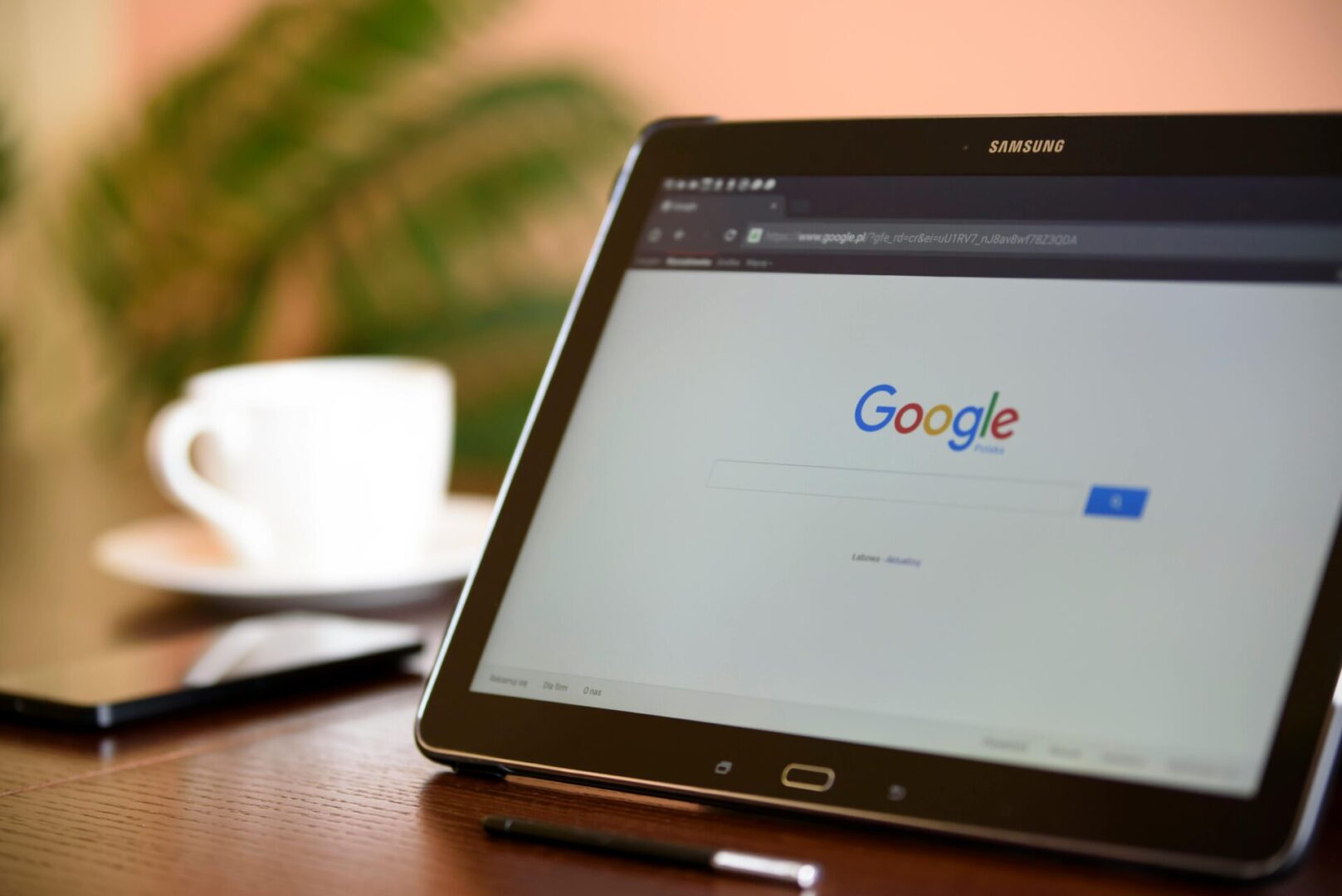
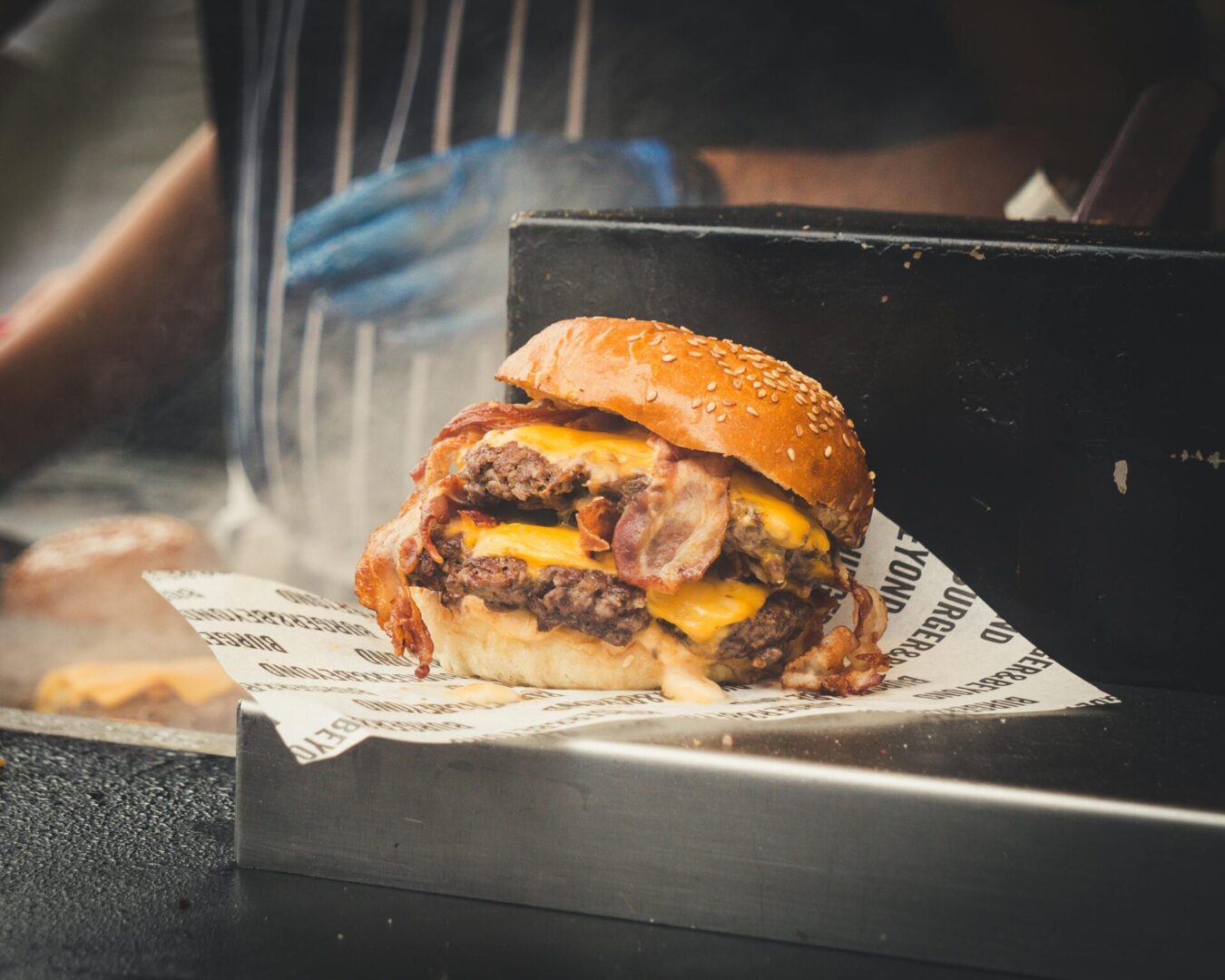
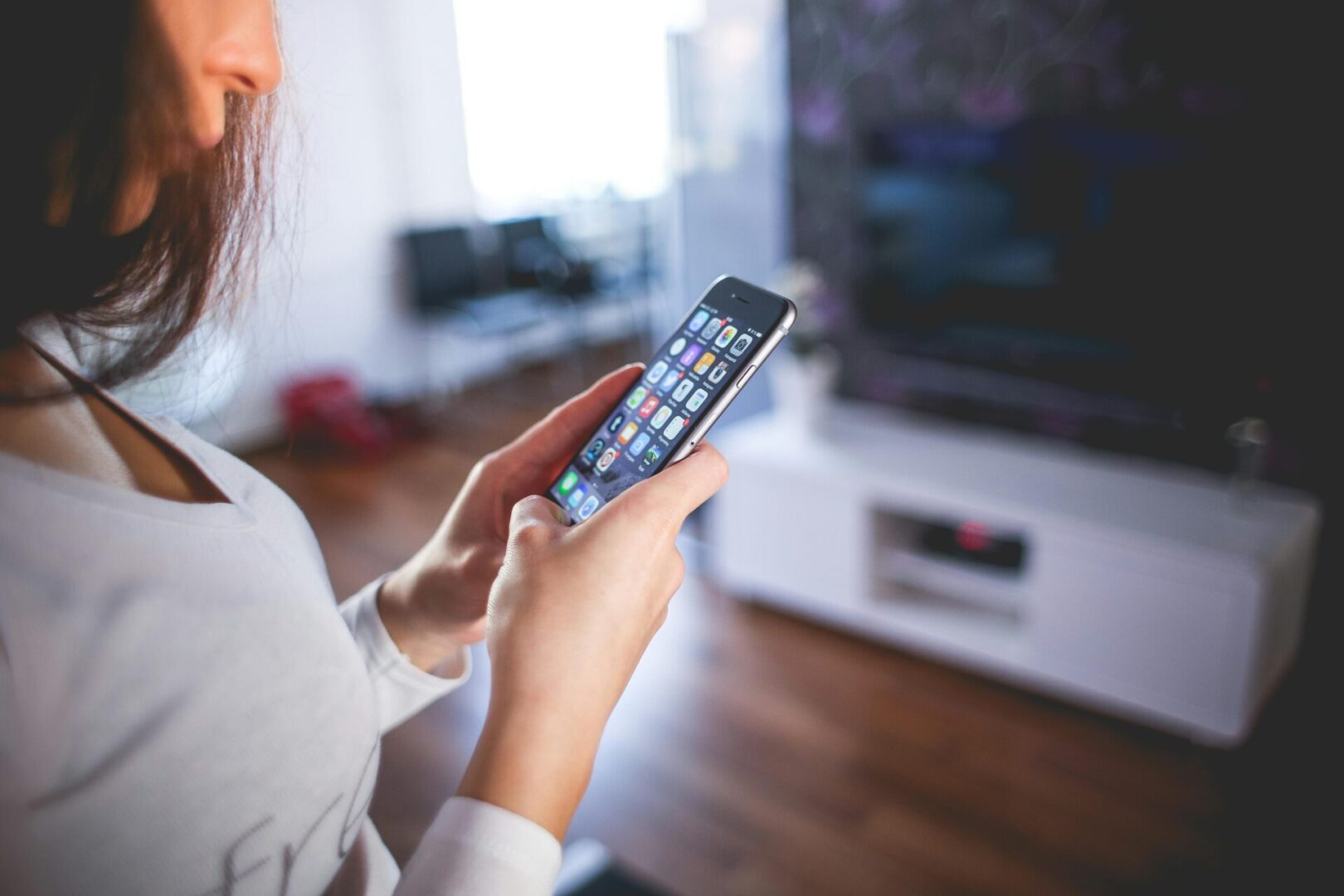
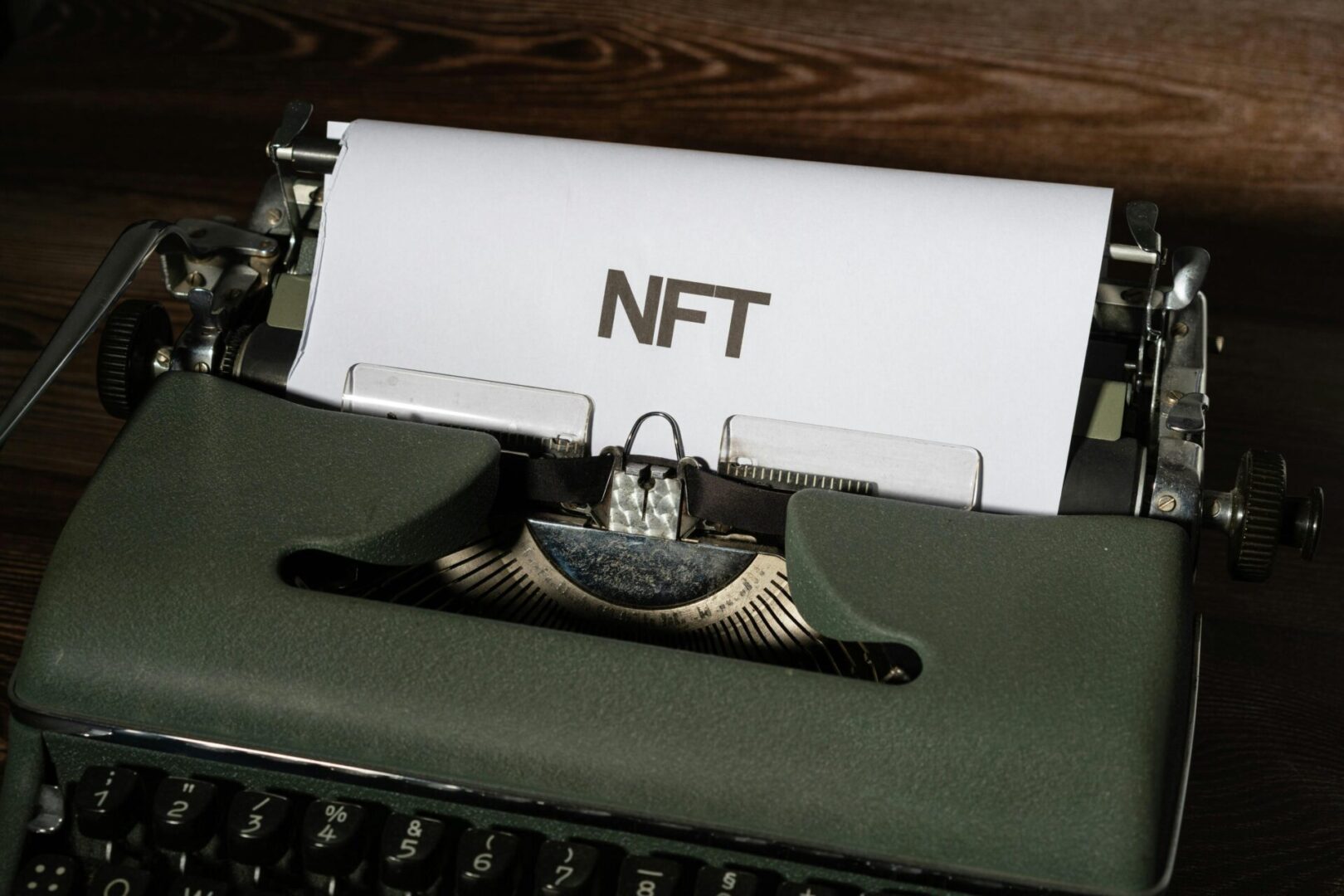

Recent Comments